Ceramic Tiles Vs Marble
Flooring is a design decision that carries significant weight. It sets the stage for the entire space, influencing style, functionality, and even the perceived size of the room. As it endures constant wear and tear, choosing the right flooring material is crucial for ensuring both aesthetics and longevity. Marblewale.in, with its extensive selection of Ceramic Tiles vs Marble Flooring, caters to a variety of needs and preferences, making the perfect floor a reality. This article delves into the key differences between these two popular flooring options, helping you make an informed decision.
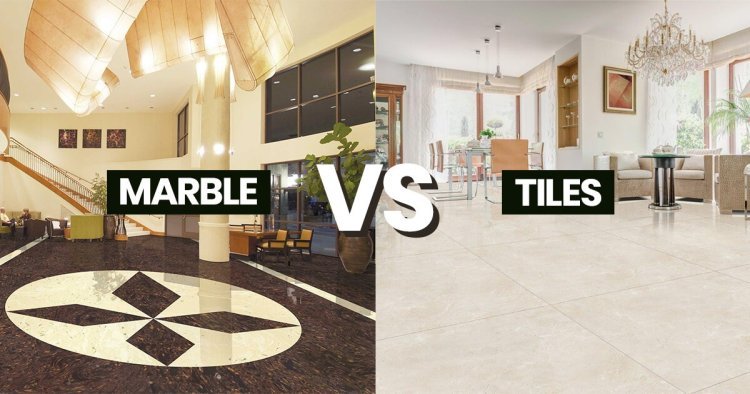
Cost Comparison, Durability, and Maintenance: Striking the Right Balance
One of the most crucial factors influencing your choice is likely budget. Let’s break down the cost considerations:
- Ceramic Tiles: Ceramic tiles are generally considered a more budget-friendly option compared to marble. Manufactured from readily available materials like clay and feldspar, they undergo a controlled production process, keeping costs lower. Additionally, ceramic tiles come in a wide range of qualities, allowing you to find an option that fits your budget without sacrificing too much on aesthetics or durability.
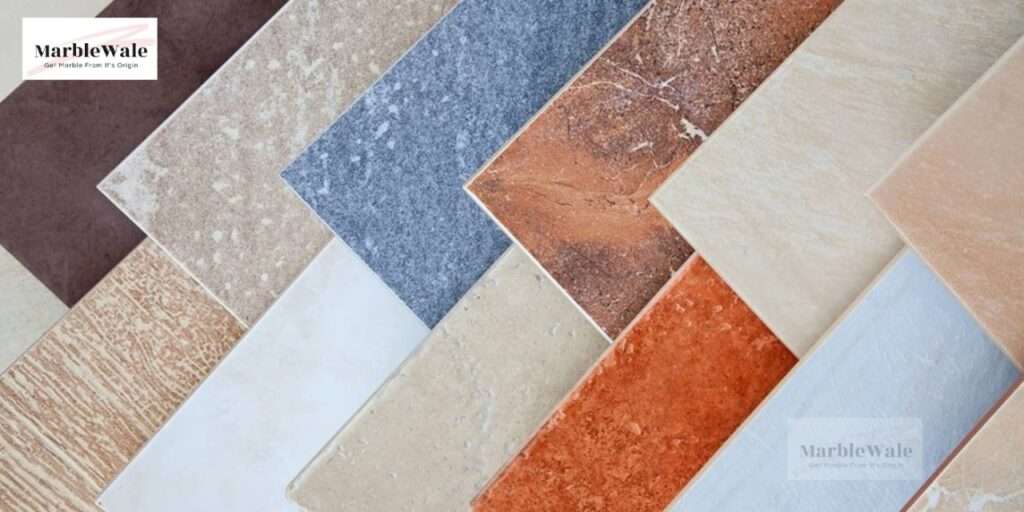
- Marble: Marble’s allure comes at a premium. This natural stone is quarried from the earth, processed, and transported, each step adding to the cost. The rarity of specific marble types and the intricate veining patterns can further elevate the price. While it’s a stunning investment, the initial cost can be significantly higher than ceramic tiles.
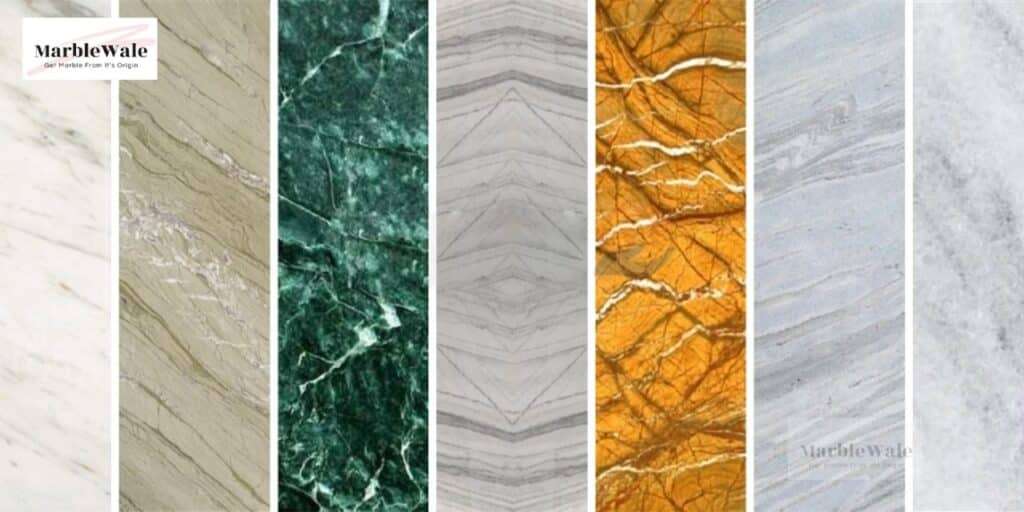
Moving beyond cost, let’s explore the aspects of durability and maintenance:
- Durability: Both Ceramic Tiles vs Marble can be highly durable with proper care. Ceramic tiles, due to their manufacturing process, are incredibly resistant to scratches, stains, and fading. They can withstand heavy foot traffic and are ideal for high-traffic areas like kitchens, bathrooms, and hallways.
- Marble: While undeniably beautiful, marble requires more upkeep to maintain its elegance. It is susceptible to etching from acidic substances like vinegar or citrus juices. Regular sealing is crucial to prevent staining and maintain its shine. Marble flooring needs to be cleaned with specific products to avoid dulling or damaging the surface.
When it comes to maintenance, the two materials differ significantly:
- Ceramic Tiles: Ceramic tiles are champions of low-maintenance flooring. Their smooth, non-porous surface makes them incredibly easy to clean. Regular sweeping and mopping with a mild detergent are all that’s required to maintain their pristine appearance. Additionally, ceramic tiles are resistant to moisture, making them ideal for areas prone to spills and humidity, like bathrooms and kitchens.
- Marble: Marble requires more meticulous upkeep. As a porous material, it can stain easily if not sealed regularly. Spills need immediate attention to avoid etching. Regular cleaning with specific, non-abrasive cleaning products is necessary to maintain its shine and prevent dulling. Marble is not ideal for high-traffic areas with frequent spills due to its susceptibility to staining and etching.
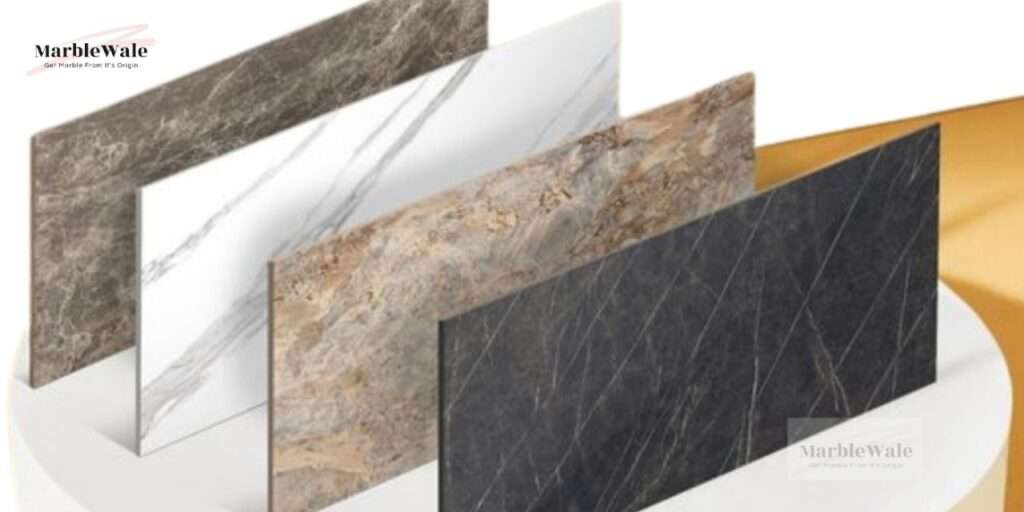
Aesthetic Appeal and Design Options: Creating Your Vision
Flooring plays a pivotal role in shaping the overall aesthetic of a space. Here’s a closer look at the design possibilities offered by Ceramic Tiles vs Marble:
- Ceramic Tiles: The sheer variety of ceramic tiles available is astounding. They come in a vast array of colors, patterns, textures, and finishes, offering unmatched design flexibility. From classic, monochromatic looks to intricate mosaics and vibrant patterns, you can find tiles that perfectly complement your design vision. Additionally, advancements in technology have allowed manufacturers to create ceramic tiles that mimic the look of other materials like wood, stone, and even fabric. This opens up a world of design possibilities, allowing you to achieve a specific aesthetic without breaking the bank.
- Marble: Marble offers a timeless elegance that is unmatched. This natural stone boasts inherent beauty, featuring unique veining patterns in a variety of colors. It creates a luxurious and sophisticated look, instantly elevating the space. Marble flooring is ideal for creating a classic, sophisticated aesthetic and is often used in high-end residential and commercial properties.
However, the design options with marble are more limited because you’re working with a natural material with inherent variations. While this creates a unique look, it may not be suitable for achieving a specific design theme.
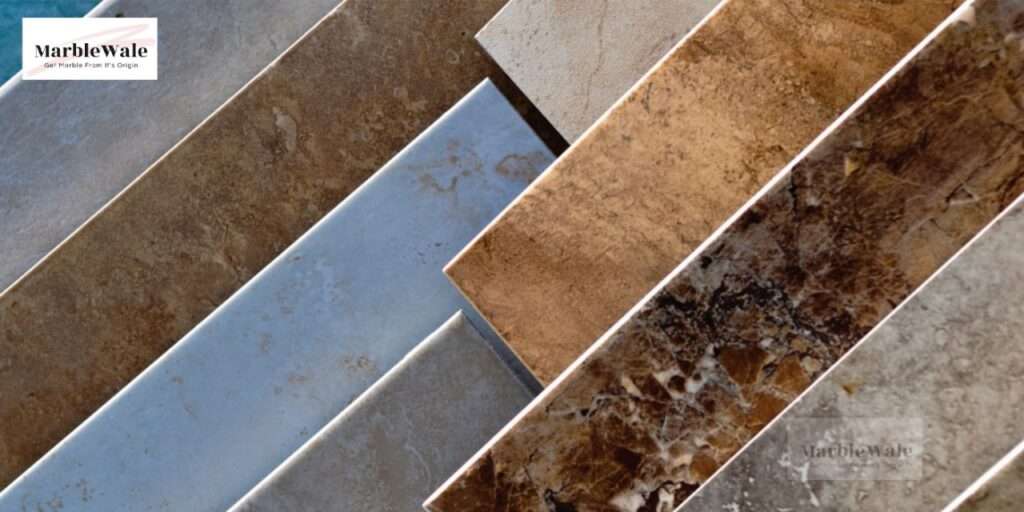
Environmental Impact: Considering the Bigger Picture
In today’s environmentally conscious world, the impact of our choices is increasingly important. Let’s explore the environmental aspects of both materials:
- Ceramic Tiles: Ceramic tiles are generally considered an eco-friendly option. They are manufactured from readily available natural materials like clay and feldspar. Additionally, some manufacturers use recycled materials in their production process, further reducing the environmental impact. Ceramic tiles are also incredibly durable, meaning they can last for decades with proper care, reducing the need for replacements.
- Marble: Marble is a natural stone quarried from the earth. While the beauty it offers is undeniable, the quarrying process can have an environmental impact. It can disrupt ecosystems and require significant energy consumption. Additionally, transportation from the quarry to processing facilities and finally to your home adds to the carbon footprint.
However, there are ways to minimize the environmental impact of using marble. Consider:
- Sourcing locally quarried marble: This reduces the transportation distance and lowers the carbon footprint.
- Choosing recycled marble tiles: Some manufacturers use leftover marble pieces to create beautiful and unique tiles, reducing waste and the need for further quarrying.
- Proper care and maintenance: Extending the lifespan of your marble flooring through proper care minimizes the need for replacements and reduces the overall environmental impact.
Conclusion: Finding the Perfect Fit for Your Space
The ideal choice between Ceramic Tiles vs Marble hinges on your priorities. Here’s a quick recap to help you decide:
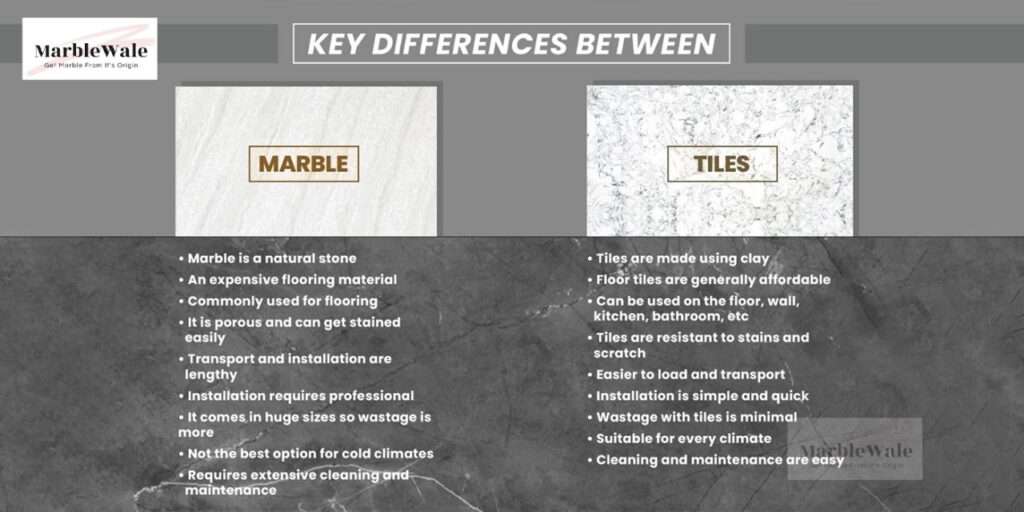
- Budget: If budget is a primary concern, ceramic tiles are the more affordable option.
- Durability and Maintenance: For low-maintenance flooring that can withstand wear and tear, ceramic tiles are the clear winner. Marble requires more meticulous upkeep to maintain its beauty.
- Design Options: Ceramic tiles offer unparalleled design flexibility with a vast array of colors, patterns, and textures. Marble offers timeless elegance and a unique look due to its natural variations.
- Environmental Impact: Ceramic tiles have a lower environmental impact due to their manufacturing process and use of recycled materials. However, responsibly sourced and maintained marble can also be a viable option.
Ultimately, the best choice depends on your specific needs and preferences. Marblewale.in boasts a comprehensive collection of both Ceramic Tiles vs Marble Flooring in various styles, colors, and finishes. Explore our website or visit our showroom to experience the beauty and versatility of these materials firsthand. Our knowledgeable staff can guide you through the selection process and help you find the perfect flooring solution to elevate your space and reflect your unique style.
Remember, with proper care and maintenance, both Ceramic Tiles vs Marble Flooring can last for decades, adding value and beauty to your home.
What's Your Reaction?
















